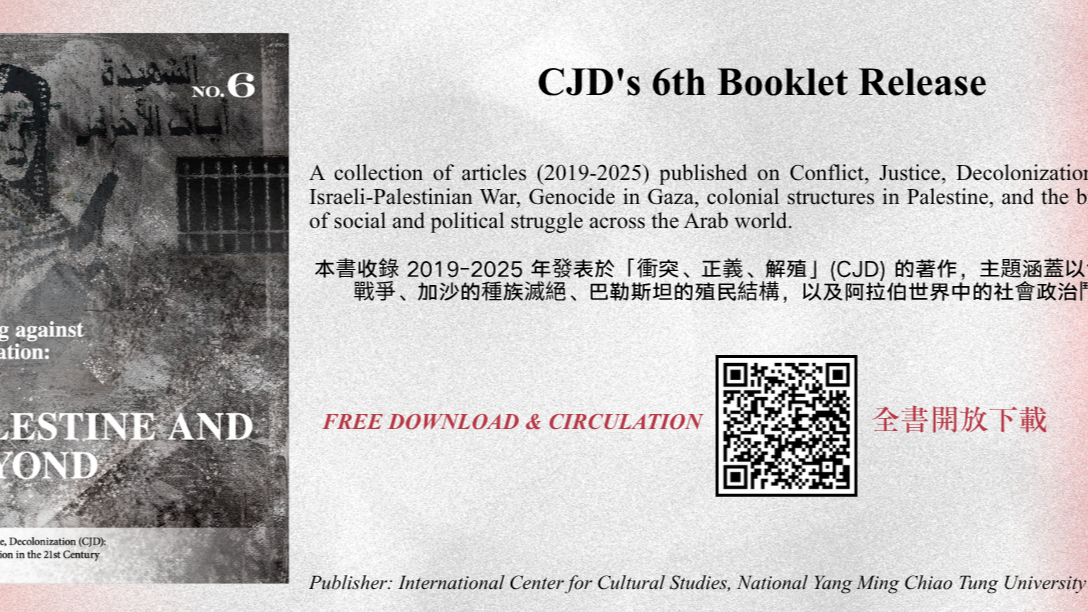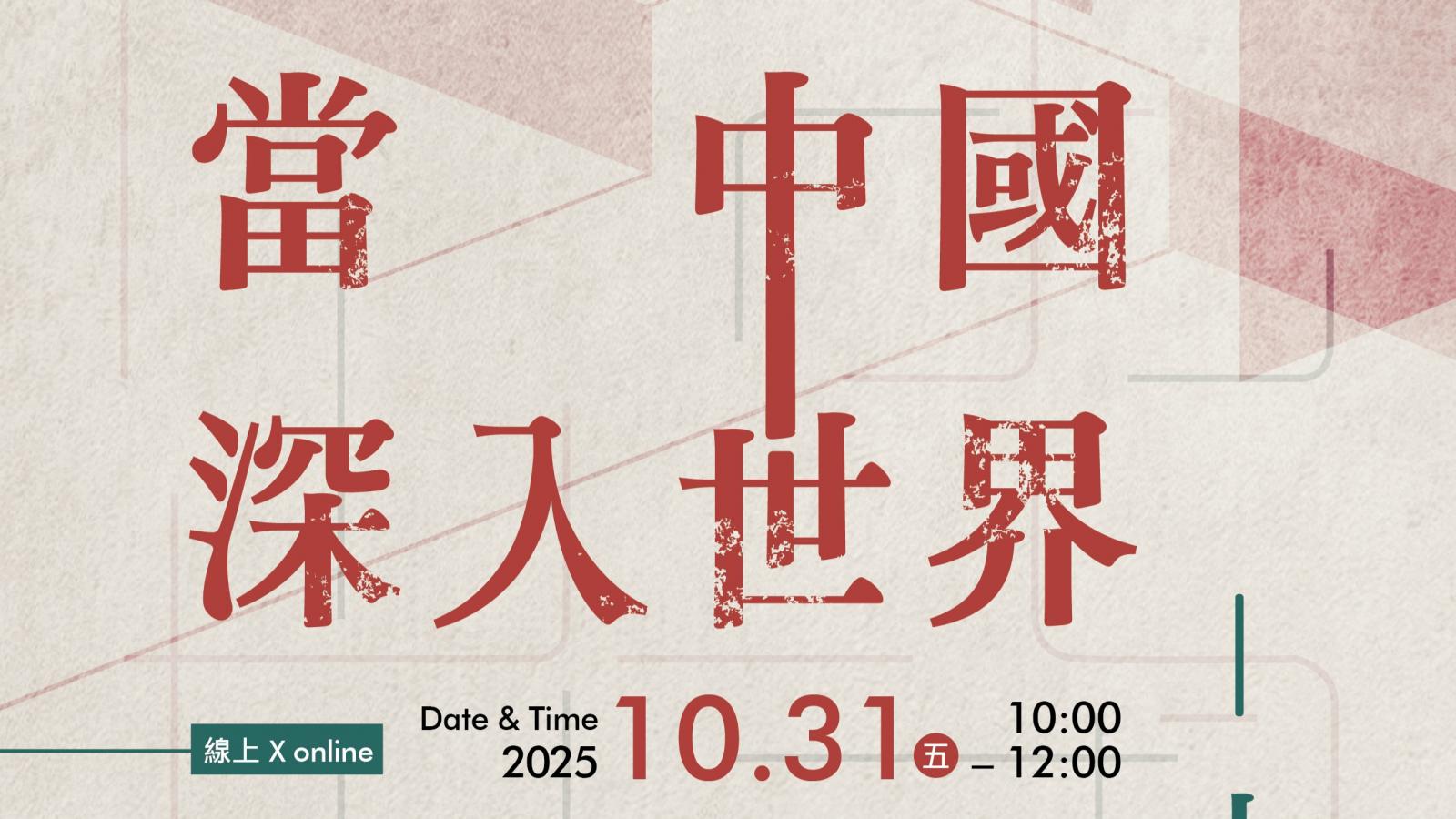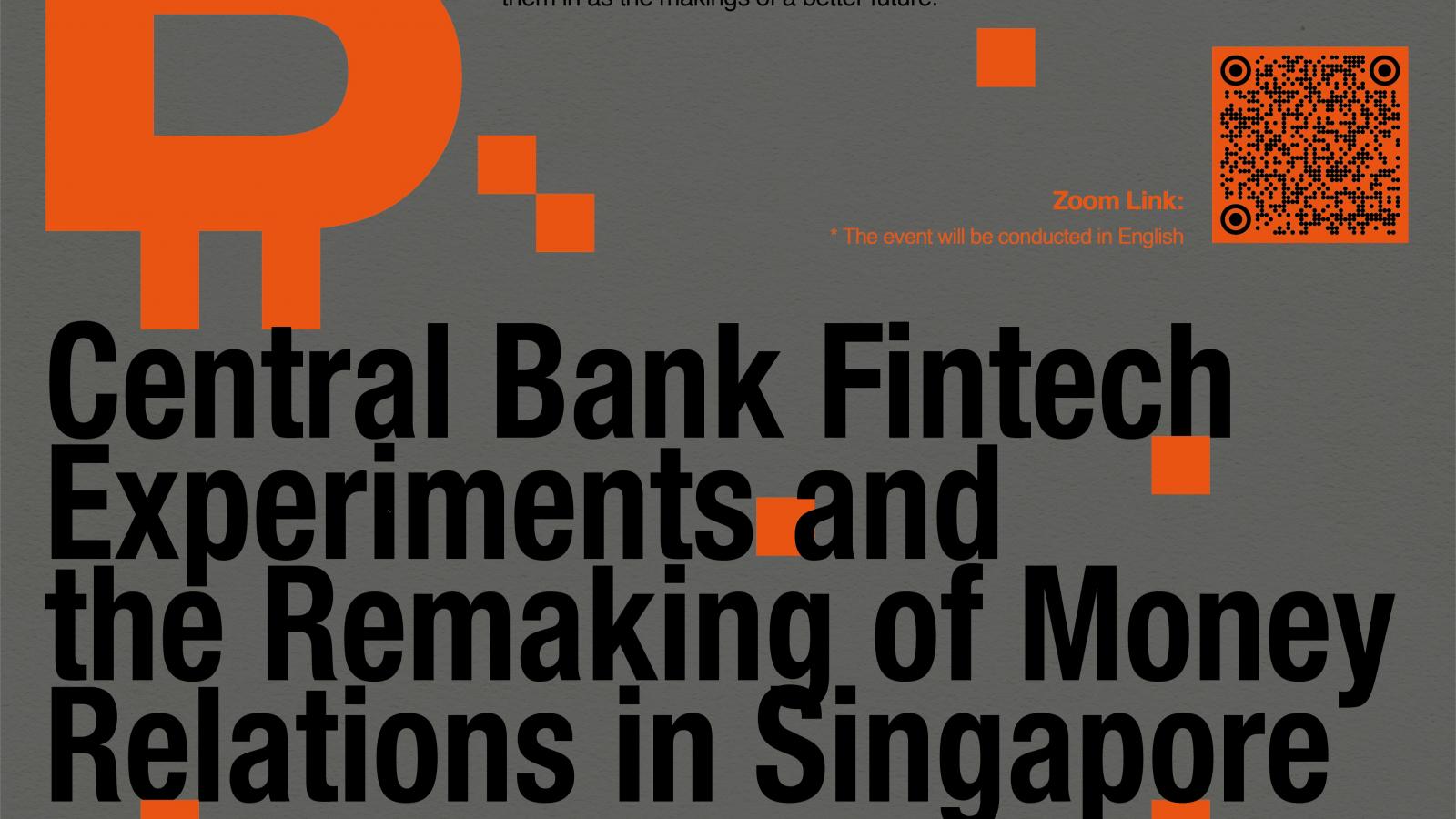

【ACS Institute 2023 -Day 5- 8/14- Activity Report】Ray Langenbach-DOCUMENTA 15: A DISAGREEMENT
2023-11-14
DOCUMENTA 15: A DISAGREEMENT
Reported by Aubrey Kandelila Fanani
MA Student, IACS-NYCU
Beginning in 1955, Documenta, which took place in Kassel, Germany, became one of the most prestigious contemporary art exhibitions. The last Documenta 15 started on June 18 and ended on September 25, 2022. Ray Langenbach, a scholar and artist who participated in that quinquennial event, not only shared his perspective about Documenta 15 and its relationship with colonialism and decolonization on day 5 (August 14, 2023) of ACS summer school at Yang Ming Chiao Tung University, Taiwan. His seminar focused on discussing the link between art, colonialism, and biennial. Langenbach from Tunku Abdul Rahaman University, Malaysia, in the seminar Sacrificing Documenta 15, also encouraged the participant to think about Documenta as the meeting place and contentious of many colonial discourses. Ray stated that colonialism directly impacted the 100-day art exhibition, especially the accusation of antisemitism and racism against ruangrupa and Taring Padi, where Documenta 15 “parallels to the German holocaust and Dutch colonialism in Indonesia, cold-war proxy colonialism of New Order Indonesia, Euro-American settler colonization of Palestine”.[1]
Langenbach started the discussion with great art exhibitions, such as biennials and triennials are in the measurement paradigm. Like mapping and naming, the measurements were part of the colonial and enlightenment projects to categorize and segment the other. Biennial, triennial, and quinquennial are measured in years and provide the site of supposedly expert peer aesthetic judgment and measurement. “What led to the implosion at Documenta 15 were arguments over which metrics are significant and valid, which ones enhance global culture and quality of life, and which ones degrade and objectify others. No metrics are neutral.”[2]
The Documenta 15
As one of the biggest art exhibitions, Documenta drew the attention of many press and art critics. The dynamic of the exhibition is vividly seen from the news exposure, from praise to criticism. Documenta 15 was the first edition of Documenta curated by the artist collective and the first Asian curator. The Jakarta-based artist collective ruangrupa as the curator for the gigantic event, brought the concept of Lumbung (communal rice barn), where Documenta 15 features more than 1,000 works from sixty-seven artists around the world, not only from Europe, but also from Asia, Africa, and Africa Latin.
According to the Documenta 15 official website, lumbung, the Indonesian traditional agricultural practice, has become an alternative concept to develop a more inclusive and sustained ecosystem in Documenta. “Lumbung is a practice that enables an alternative economy of collectivity, shared resource building, and equitable distribution. Lumbung is anchored in the local and based on values such as humor, generosity, independence, transparency, sufficiency, and regeneration… This practice changes dynamically through interaction between people”.[3] Langenbach added that ruangrupa Lumbung not only means friendship, working together, sharing things, and looking after everyone in the group, but it can also mean disagreements, power struggles, and generational, personal, and inter or intra-family conflicts. The concept of lumbung was meant to be an ideal of connection, collectivity, and egalitarian group process, but the contradictions already happened in the process. Langenbach states some art collectives who participated in Documenta 15 were not collective at all, but vertically structured organizations whose curators and administrators were used to top-down decision-making.
Even so at the beginning, the Lumbung as a concept and ruangrupa as the first Asian curator soon gained good reception from the public, art critics, scholars, and news. Janneke Wesseling, an art historian from Leiden University, in the Dutch newspaper NRC (22/6) praised Documenta 15 as “the first time the hegemony of Western artist was broken”.[4] But this praise won't last after an 8-meter-high and 12-meter-wide banner of People Justice was shown, the controversy spread, and the artwork was accused of antisemitism. Days after the Documenta opened to the public, the Taring Padi’s People Justice was removed from the exhibition and the controversy also led to the resignation of the Documenta’s director, Sabine Schormann.
So, did the hegemony break when the People Justice was removed from the exhibition without any “notice”?[5]
A Disagreement
In 2002, The People Justice banner was painted collectively in Yogyakarta, Indonesia. This banner has been exhibited internationally several times before being exhibited in Documenta 15. The banner was a symbol of freedom from living under 32 years of Suharto's military dictatorship, where censorship and violence shut any contra-discourses of the government. This banner responded to many historical events that happened during the Suharto tenure, including the 1965 genocide, the pivotal moment in the transition from the Sukarno regime to the Suharto regime, where the state refused to take responsibility for that event. During the Suharto era, censorship and violence made no one talk about the 1965 massacre. “Like all of our artwork, the banner attempts to expose the complex power relationship that is at play behind these injustices and the erasure of public memory surrounding the Indonesian genocide in 1965, where more than 500,00 people were murdered”. [6]
In a simple explanation, the banner is divided into two parts. On the right side is a people side as the victim that consists of the farmer, the villager, etc. On the left side are the perpetrators and the allies, drawing the 1965 genocide as the effect of the Cold War. Not only internal power but a lot of external power was involved in the event. The controversy culminated when focusing on the picture of a figure of a soldier with a pig's head wearing a scarf with the Star of David and a helmet like Mossad (Israel's intelligence agency), and a male figure wearing a black hat with a secret Nazi 'SS' with fangs and red eyes, evoked as a symbol of Jews stereotypes.
So, is the People of Justice antisemitism or the 1965 mass massacre critique? Both speak about genocide, but the dispute occurred because of a “disagreement”. Rancière explains the disagreement is not a misunderstanding nor misconstruction, but rather a “contention over what speaking means constitutes the very rationality of the speech situation”[7]. So why did the disagreement happen in Documenta 15? Ray perceived the contention raised because of overlapping historical colonialism experience, between the German holocaust experience and the Indonesian mass massacre event in 1965. Kassel, as a site of the art exhibition, is the center of tank production from World War II until today and also part of the trauma. Kassel was devastatingly bombed during World War II as an important armament production.
The accusation of antisemitism against Taring Padi and ruangrupa spread massively in public discourse and media social and affected the cancellation of Taring Padi. Taring Padi and ruangrupa were shocked by the accusation. On one hand, People Justice reproduces stereotypical images of the Jews, and they default to understanding the image in the German context. The figure with the pig face for Taring Padi is the symbol of greed, but when this image was shown in German for some people it was interpreted as the symbol of antisemitic. This visual object has multidimensional meaning and open meaning to interpretation. The meaning-making from the visual object is not only produced by code and conventions that structure the image but also by the viewers and the context where the image is exhibited and viewed. That’s how the figure could have different meanings when exhibited in Germany. But soon after the controversy, Taring Padi released an apology statement to the Jewish community and the public in Germany. They also admit their mistake and recognize that the image has a specific meaning in the historical context of Germany. However, censorship of the People of Justice and other artworks from other artists during Documenta 15 disappointed the Lumbung community. They were also disappointed about the ignorance and neglect of the Documenta supervisory board about the racism that the media and the politicians attacked toward the Palestinian, pro-Palestinian, black, and Muslim artists in Documenta 15.
In a letter called “Censorship Must Be Refused: Letter from Lumbung community” that was sent on July 18, 2022, to the members of the Documenta supervisory board, they expressed their objections about the censorship. “We wish to remind you that censorship boards have their histories and context in Germany and worldwide. We come from many countries where we face censorship boards and oppression, where we also refuse to abide by them. Censorship committees deprive the audience of the responsibility of engaging, learning, and unlearning. They deprive the audience of forming independent political views. Censorship committees are the end of an era of art as we know it, they represent the beginning of a new era (or rather the return to the old era) where art is in the service of the political regime.”
This is ironic when People Justice produced a struggle of living under the Suharto dictatorship where censorship controlled public voices, and again in Documenta 15, the art faced the same thing.
Reference
BBC News Indonesia. “Mengapa baliho karya seniman Yogya dituding anti-Yahudi di Jerman?” Accessed September 4, 2023. https://www.bbc.com/indonesia/majalah-61922599.
documenta fifteen. “Lumbung.” Accessed September 4, 2023. https://documenta-fifteen.de/en/lumbung/.
dw.com. “Taring Padi: ‘Kami Lihat Kisruh Ini Sebagai Proses Belajar’ – DW – 01.07.2022.” Accessed September 5, 2023. https://www.dw.com/id/curhat-taring-padi-soal-antisemitisme-dalam-karya-seni/a-62316970.
Langenbach, Ray, Sacrificing Documenta 15, ACS Institute Summer School 2023, National Yang Ming Chiao Tung University, Hsinchu, Taiwan, August 14, 2023.
Rancière, Jacques. Disagreement: Politics and Philosophy. Minneapolis: University of Minnesota Press, 1999.
suedkamp. “Statement by Taring Padi on Dismantling ‘People’s Justice.’” documenta fifteen, June 24, 2022. https://documenta-fifteen.de/en/news/statement-by-taring-padi-on-dismantling-peoples-justice/.
[1] Ray Langenbach, “Sacrificing Documenta 15”, ACS Institute Summer School 2023, National Yang Ming Chiao Tung University, Hsinchu, Taiwan, August 14, 2023.
[2] Ray Langenbach
[3] “Lumbung,” documenta fifteen, accessed September 4, 2023, https://documenta-fifteen.de/en/lumbung/.
[4] “Mengapa baliho karya seniman Yogya dituding anti-Yahudi di Jerman?,” BBC News Indonesia, accessed September 4, 2023, https://www.bbc.com/indonesia/majalah-61922599.
[5] “Taring Padi: ‘Kami Lihat Kisruh Ini Sebagai Proses Belajar’ – DW – 01.07.2022,” dw.com, accessed September 5, 2023, https://www.dw.com/id/curhat-taring-padi-soal-antisemitisme-dalam-karya-seni/a-62316970.
[6] suedkamp, “Statement by Taring Padi on Dismantling ‘People’s Justice,’” documenta fifteen, June 24, 2022, https://documenta-fifteen.de/en/news/statement-by-taring-padi-on-dismantling-peoples-justice/.
[7] Jacques Rancière, Disagreement: Politics and Philosophy (Minneapolis: University of Minnesota Press, 1999), xi.
近期新聞 Recent News

New Publication | Writing against Occupation: Palestine and Beyond (CJD Booklet No.6)
2025-11-12
more

側記|Central bank fintech experiments and the remaking of money relations in Singapore
2025-10-22
more